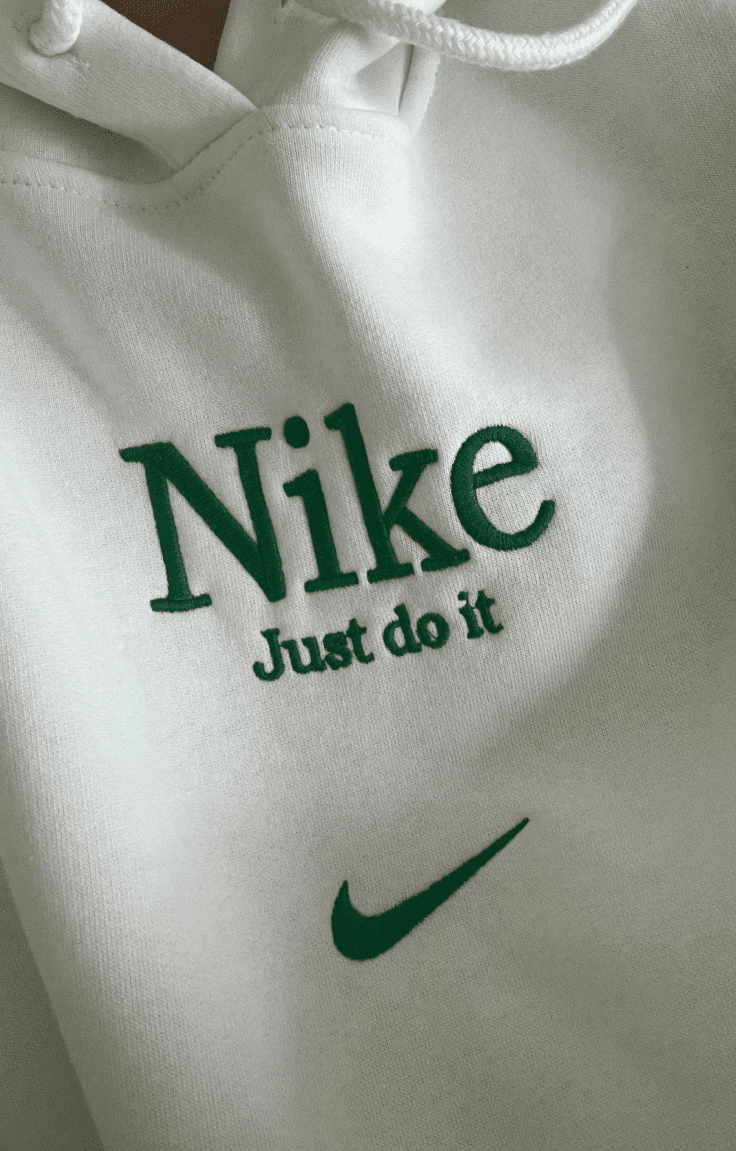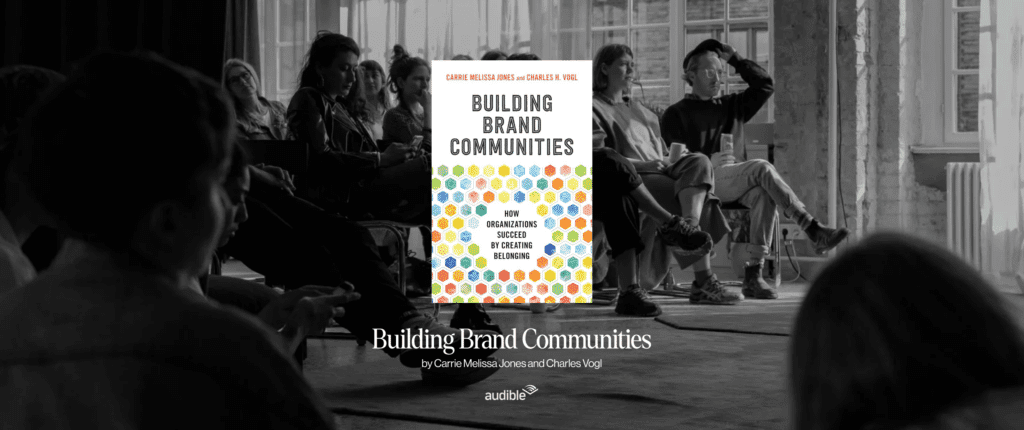
Introduction —
Why Building a Community Matters for Your Brand
The importance of community in branding goes beyond logos, products, or campaigns—it’s about people. Today’s consumers are drawn to brands that foster a sense of belonging. A brand community is more than just an audience; it’s a group of individuals who connect through shared identity, values, and purpose. In this new branding era, a brand’s strength lies not only in what it offers, but in the meaningful relationships it builds.
01 — People Seek Social Connection, Not Just Products
People don’t just buy into brands—they buy into the social networks that come with them. Whether it’s an exclusive club, a niche forum, or a passionate online following, the most successful brands build ecosystems where customers feel seen and heard. The rise of community-driven brands proves that consumers crave meaningful connections over transactional experiences.
02 — Every Brand Needs a Social Aspect
In today’s world, a brand without a social component risks fading into the background. Even traditionally product-focused industries are integrating community-driven initiatives to stay relevant. Whether through in-person gatherings, online discussions, or interactive content, brands must create spaces where their audience can engage with both the brand and each other.
That’s the power of strong branding—it inspires, connects, and grows. When creativity meets strategy, your brand won’t just look good; it’ll foster loyalty and unlock new opportunities. What’s holding yours back?
03 — Engineer the Community First, and the Brand Will Follow
The common mistake brands make is focusing solely on building their image, hoping a community will naturally form around it. Instead, the reverse is true—engineer the community first, and the brand will grow stronger as a result. By designing interactions, spaces, and experiences that bring people together, a brand can solidify its identity and build long-term loyalty.

Case Studies —
How Big Brands Leverage Community Power
Some of the world’s most successful brands have built thriving communities that drive customer loyalty and business growth—clear proof of the power of community in branding.

01 — Harley-Davidson: More Than Just a Motorcycle
Harley-Davidson didn’t just sell bikes—they sold a lifestyle. Through the Harley Owners Group (H.O.G.), they created a passionate community of riders who connect through meetups, rallies, and exclusive membership perks. This sense of belonging transformed Harley-Davidson into more than just a brand—it became a symbol of freedom and adventure.

02 — Nike’s Run Club: Turning Customers into Athletes
Nike’s Run Club goes beyond selling sneakers—it builds a global community of runners. By providing training programs, virtual challenges, and in-person meetups, Nike creates a sense of camaraderie and accountability among its customers. This approach strengthens the brand’s identity as a performance-driven, inclusive space for athletes of all levels.

03 — LEGO Ideas: A Brand Built by Fans
LEGO tapped into its fanbase by launching LEGO Ideas, an online platform where users submit and vote on new designs. If a design gains enough support, LEGO produces it and gives credit (and royalties) to the creator. This participatory model not only boosts engagement but also fuels product innovation.

04 — Glossier: A Beauty Brand Created by Its Customers
Glossier built its brand through direct community engagement. It listens to customer feedback on social media, incorporates their ideas into product development, and encourages user-generated content. This transparent, two-way communication has turned customers into loyal brand advocates.

Case Studies —
Lessons Learned from Leading Brands
- Encourage user participation – Let customers co-create the brand through events, product feedback, or community challenges.
- Facilitate social interaction – Create forums, groups, or apps where members can engage.
- Offer exclusive perks – Provide members with unique experiences, discounts, or early access.
- Stay authentic – A genuine brand voice and mission resonate more than a polished marketing campaign.
These actions are essential to strengthen your community in branding, turning one-time customers into engaged brand advocates.

Getting Started —
7 Easy Steps to Build Your Community
- Define Your Brand Values and Mission – Align your community-building efforts with your brand’s core beliefs. Need help defining your mission? Visit our homepage to explore how we guide brands in discovering their voice.
- Create Engaging Content That Resonates – Share stories, insights, and conversations that spark interest.
- Utilize Social Media for Connection – Platforms like Instagram, Discord, and LinkedIn can serve as gathering spaces.
- Host Events and Meetups – Whether online or in person, bring your audience together in meaningful ways.
- Encourage User-Generated Content – Let customers share their experiences and amplify the community’s voice.
- Collaborate with Local Influencers – Leverage credibility and reach by partnering with trusted community figures. This not only amplifies your reach but also reinforces the sense of community in branding, making your audience feel truly seen and included.
- Foster Two-Way Communication – Make engagement a dialogue, not a one-way broadcast.

Measuring Success: Tracking Community Engagement
A thriving community is measurable. Key metrics to monitor include:
- Engagement Rates – Track likes, shares, comments, and time spent engaging with content.
- Growth and Retention – How many new members join, and how many remain active?
- User-Generated Content – Monitor how often community members create content around your brand.
- Brand Advocacy – Are members referring friends, leaving positive reviews, or defending the brand online?
- Event Participation – Measure attendance at online and in-person events.

Tools for Measuring Community Impact on Branding
- Google Analytics – Tracks community-driven traffic and engagement on your website.
- Social Listening Tools (e.g., Sprout Social, Brandwatch) – Monitors conversations and sentiment about your brand.
- Community Platforms (e.g., Discord, Circle, Mighty Networks) – Measures participation and interaction trends.
- Net Promoter Score (NPS) Surveys – Identifies how likely community members are to recommend your brand.
- CRM & Email Marketing Tools (e.g., HubSpot, Klaviyo) – Tracks customer behavior and engagement levels over time.
Conclusion —
The Future of Branding Through Community
A brand without a community is just a business. But a brand that fosters real connections becomes a movement. In an era where consumers expect more than just products, companies that prioritize community-building will stand out, thrive, and create lasting impact. By focusing on building relationships first, brands can ensure long-term success, deeper customer loyalty, and a brand presence that truly resonates.
In short, the future of impactful marketing lies in embracing community in branding as a core principle—not just a nice-to-have.
Recommended Read: Building Brand Communities
If you’re looking to dive deeper into the strategies behind community-driven branding, Building Brand Communities by Carrie Melissa Jones and Charles Vogl is a must-read. This book explores how brands can create meaningful, lasting communities and provides actionable insights into fostering authentic engagement beyond traditional marketing. It’s an essential resource for anyone looking to strengthen their brand’s community strategy.




